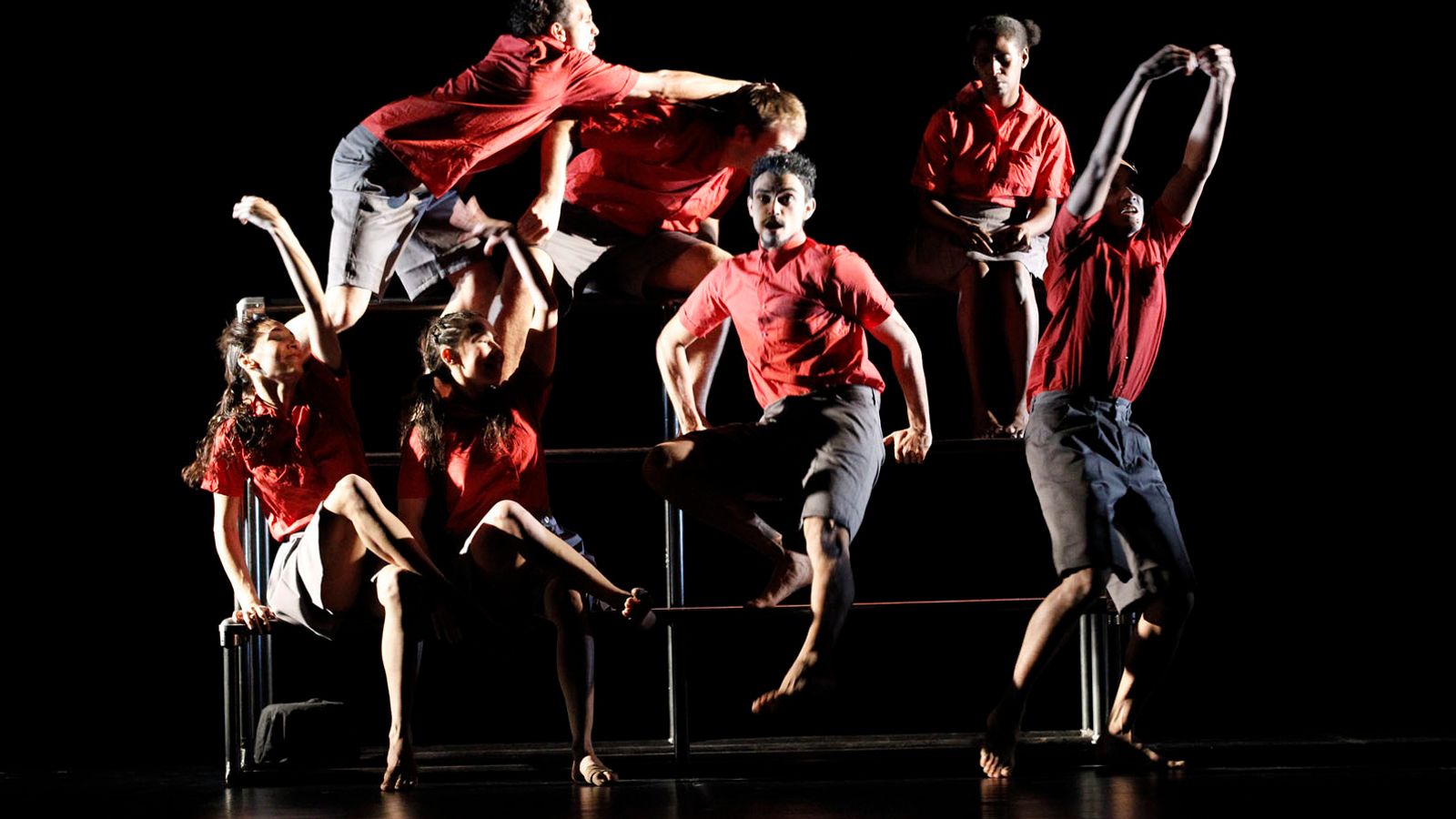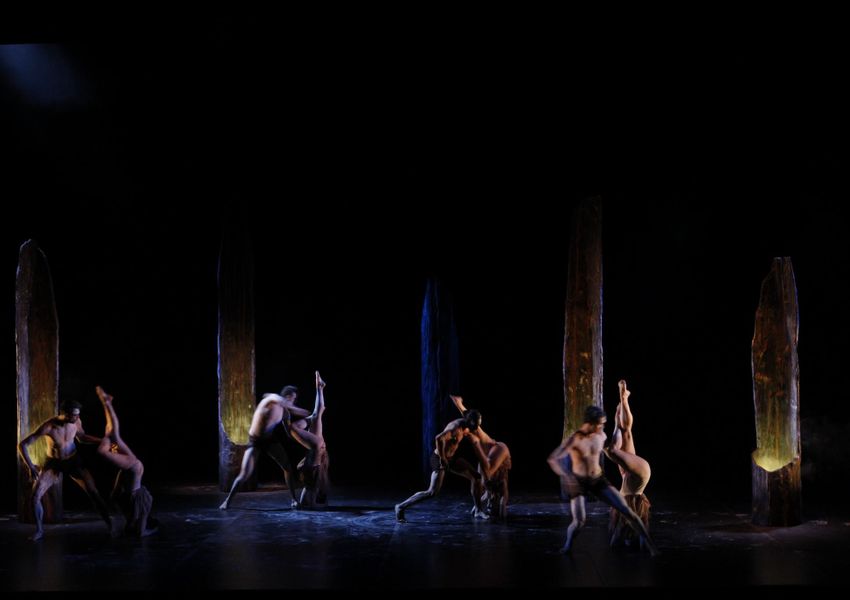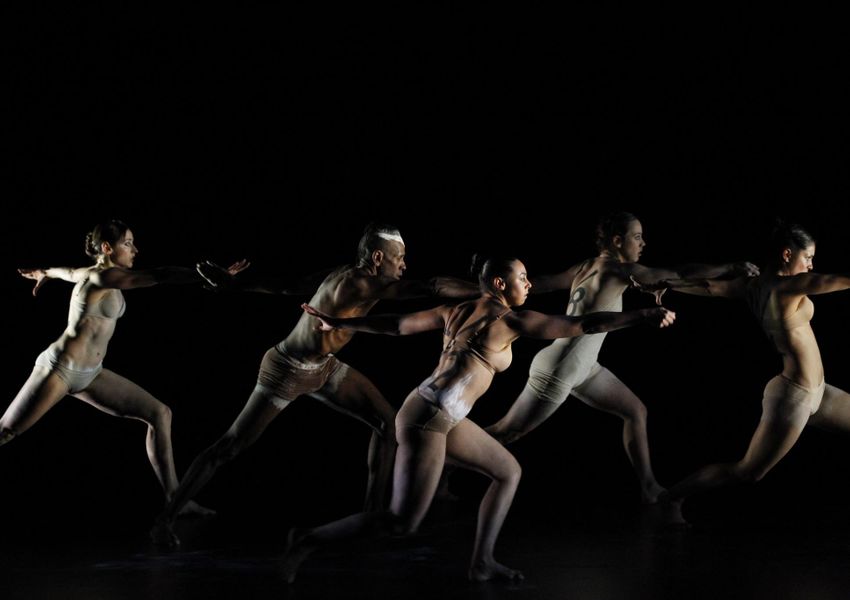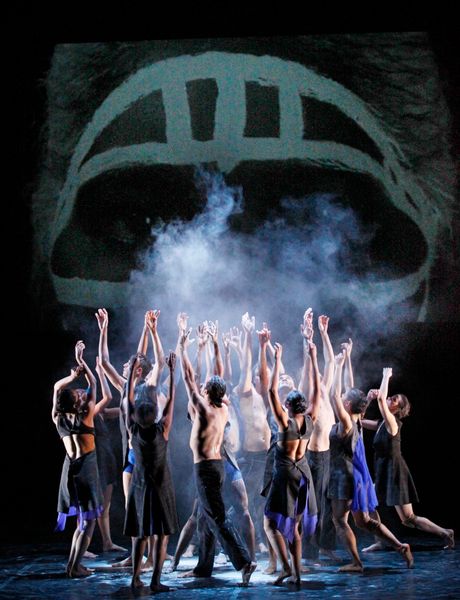
ID is a personal observation of why we are passionate about celebrating our heritage and culture through dance theatre. We are standing back, observing what has been happening to our people over the last two decades from different perceptions and having a dance theatre conversation about it.
I believe we are obsessed as a western culture by wanting to understand: we want an answer now. We want to understand the complexities rather than to just accept them.
What’s inspired me for this work is the question of ‘what is the real Aborigine?’ It’s been in our social consciousness and in the media. So there’s this ‘outside’ discussion from mainly a non-indigenous perception about Aboriginal identity – urban versus traditional – and this has sparked an internal debate amongst Aboriginal people.
Our people are entitled to find out where, and what, we are supposed to be. I believe this country really struggles with what the Australian identity is. We still struggle with who we are but we all want to belong and to feel proud of our identity.
This debate has me putting up a mirror to look at what we do here at Bangarra. Are we authentic? Are we true in our passion and our loyalty to our heritage?



For instance the Totem section in ID is inspired by living traditional social customs, languages and cultures that are still practised in communities today. Even with 21st century distractions, communities hang on to these cultural principles. Totem pays respect to that through abstract and symbolic expression.


Another aspect of ID is to question the degree of Aboriginality based on skin colour. It’s more of a psychological exploration: we are all Aboriginal but we’re all different skin colour. It is important in our work to break down stereotypes.
Even with 21st century distractions, communities hang on to these cultural principles.
Our mob enjoys sitting around and hearing stories about connecting to kinship and clans. Clans are such an embedded part of Aboriginal life. We’re really showing kinship within Bangarra; in our contemporary and professional family. All the dancers learn these customs and principles that immediately draw them into the company. It’s like a web in a way, it challenges them to work together in a clan and yet they’re from all over the country – this is part of their initiation. They’re learning these cultural experiences at the same time and they naturally bond and connect as one.
There are many ensemble pieces on stage for Bangarra; they represent our signature work as they unify us in one spirit. It’s what we identify in the 21st century as a moving visual symbol of unity. With David’s music and the visual form on stage you see this blend of contemporary and traditional.
In our cultures we have a thousand dialects; it is so complex, so diverse and vast but there’s one spirit unifying it all. It’s an innate spirit that gives us our distinctiveness. The character of our land has been shaped by Indigenous people for thousands of years. Our dance theatre is abstract, it is a psychological observation, yet it pays homage to traditional cultural customs that still exist today.
The beautiful thing about dance theatre is that it’s like visual art: you can push the boundaries to create symbolic imagery, and a powerful new media. We pay respect to identity through theatrical Indigenous expression to inspire the next generation in this 21st century.

-
Artistic Director and Choreographer
Stephen Page
-
Artistic Director and Choreographer